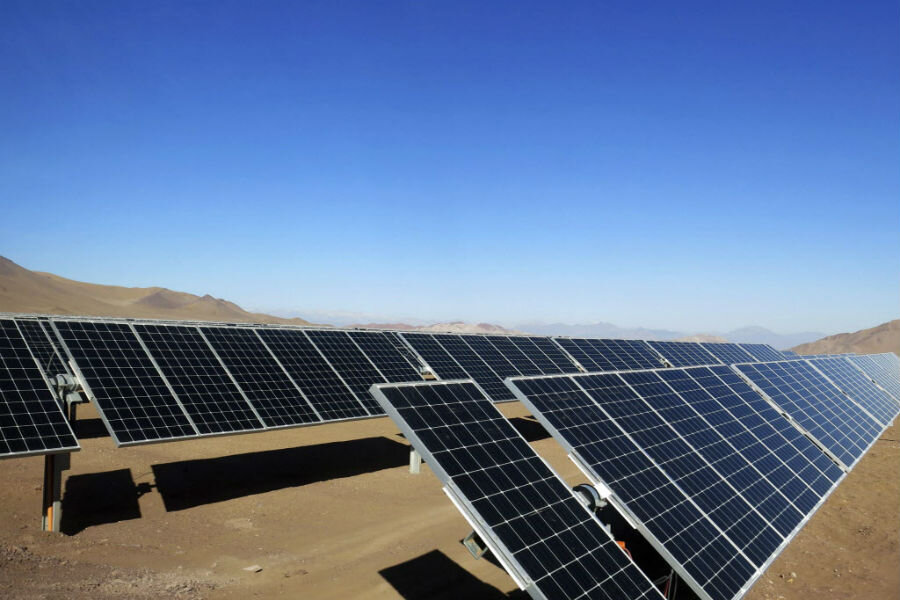Too much renewable energy? Chile's solar panel problem.
Loading...
Chile has a problem with its solar industry.
It's not that the industry can't meet electricity demand for the South American country—quite the opposite, in fact.
There is actually more available solar energy than there is use for it.
Consequently, Chile is now giving away solar energy for free, according to a recent Bloomberg report.
Spot prices reached zero in parts of the country for 113 days earlier this year, and one of Chile's two grid operators believes the country is on track to beat last year's record of 192 days of free power.
Chile is in an unusual position because of its well-developed solar energy infrastructure.
Booming economic growth led by mining spurred the construction of 29 solar farms, and plans for 15 more, feeding Chile's "central grid."
Still more farms were built for the country's second electricity grid, known as the "northern grid."
However, economic growth has now slowed, creating excess capacity.
Because the central grid and northern grid aren't connected, power also isn't distributed evenly among regions.
Some areas within the two grids' operational areas lack adequate transmission capacity, further complicating matters.
That means electricity prices in certain regions can plummet because surplus power can't be transmitted to other areas that might need it.
The government hopes to address this with infrastructure improvements, including a new 3,000-kilometer (1,865-mile) transmission line linking the northern and central grids.
In addition, a 753-kilometer (467-mile) transmission will help better distribute power on the central grid.
Solar capacity on the central grid has more than quadrupled since 2013 to 770 megawatts, with a 5-percent increase in total installed capacity in the past year alone.
Chile is expected to install 1.4 gigawatts of solar power this year.
However, power companies aren't happy about the loss of revenue from excess solar capacity.
The lack of revenue may also dampen continued investment in solar infrastructure, limiting future growth.
This article first appeared at GreenCarReports.







